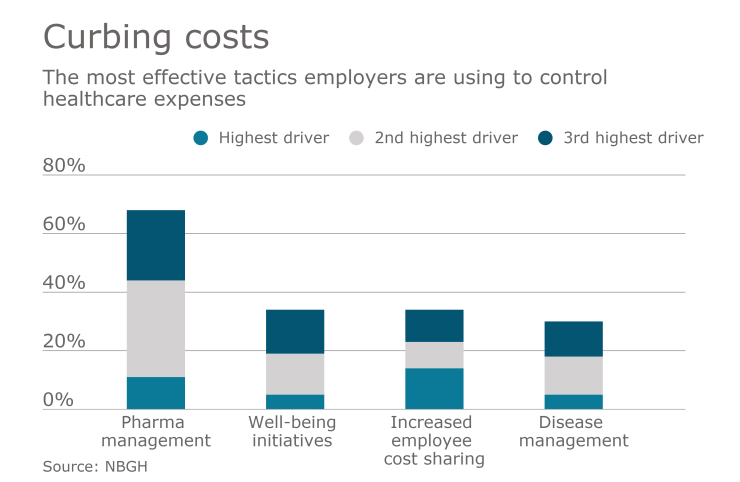(Bloomberg View) – The American healthcare system has a unique problem with paperwork. The sheer number of participants -- doctors, hospitals, clinics, insurance companies, patients -- makes settling payments complicated, time-consuming and really expensive. The share of U.S. healthcare spending devoted to administrative costs, including billing, is roughly three times what it is in other affluent countries, and it's a major reason the U.S. spends twice as much on health care.
Some health clinics employ more clerks than care providers -- not just to generate invoices but to send along the patient information insurers need to approve treatments, to dispute insurer decisions denying payment, to fix mistakes, to handle patients' questions, and on and on. For every $1 billion in revenue, the healthcare system employs the equivalent of 770 full-time people to settle the bills. That's almost eight times more than other industries. And doctors have to spend inordinate time dealing with red tape.

Of course, if the U.S. were to magically switch to a single-payer healthcare system, these expenses would fall dramatically. The government would simply determine prices and write checks without dispute, as Medicare does for its direct beneficiaries. But such a change is neither realistic nor desirable in a country where half the population has employer-sponsored insurance.
That said, it's still possible to trim administrative costs within the existing system. The best way to do so is for providers and insurers to standardize their billing practices and modernize their computer systems.
The federal government has long pushed for such efficiency. A 1996 law set some preliminary standards for the electronic processing of claims, payments and other transactions. But they weren't nearly enough, and insurers could still complicate invoices by requesting additional patient data. The HITECH Act of 2009 and the Affordable Care Act of 2010 gave providers further incentives to adopt electronic records and make them more uniform.
Yet to a large extent, insurance companies continue to maintain distinct billing codes and forms, and providers still use separate computer systems for medical records and billing -- making it impossible to automate claims processing. In this, health care stands apart from almost every other industry. Think of the way banks, for example, have standardized their operations to allow all customers to use the same ATMs and credit-card readers.
The federal government needs to keep pushing for standardized electronic health systems, and also to change how healthcare prices are set. Bundled care and other alternatives to the fee-for-service model could greatly streamline billing.
Patients have increasing cause to demand such change. With premiums, co-pays and deductibles rising, U.S. consumers now pay more for their health care than their employers do. Administrative inefficiency adds another layer of needless expense. Billing shouldn't have to be so complicated, or costly.





